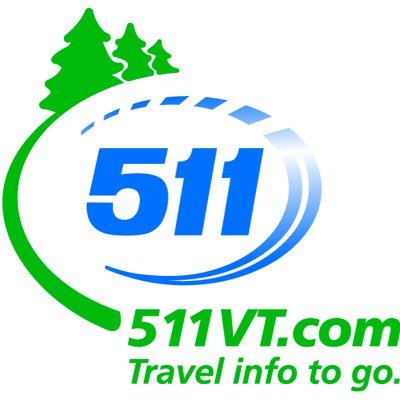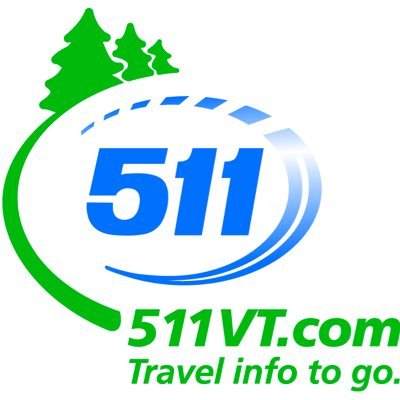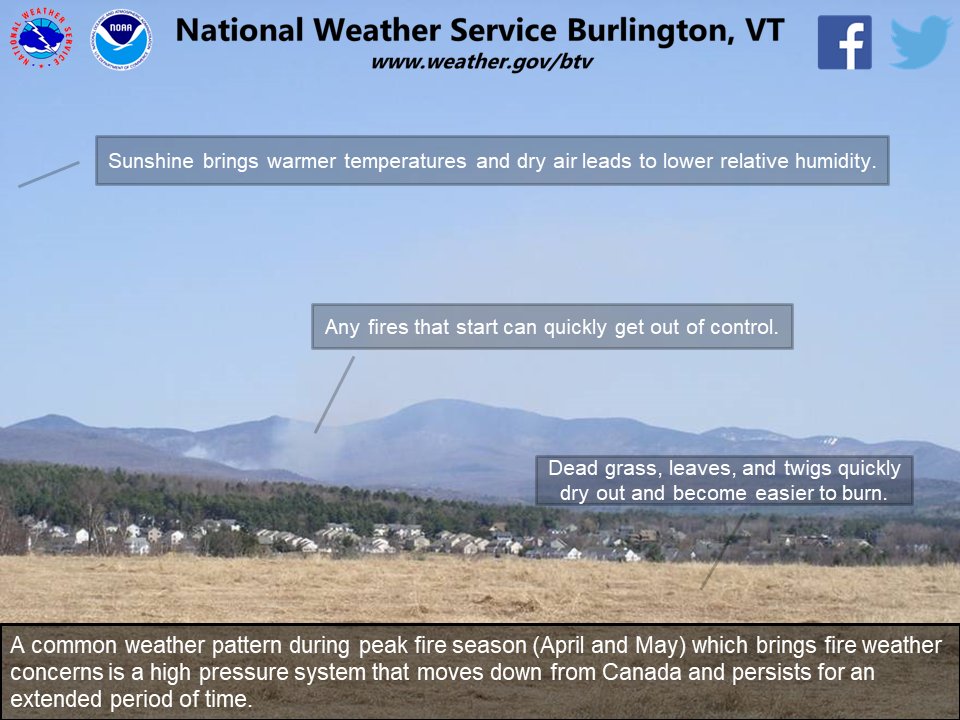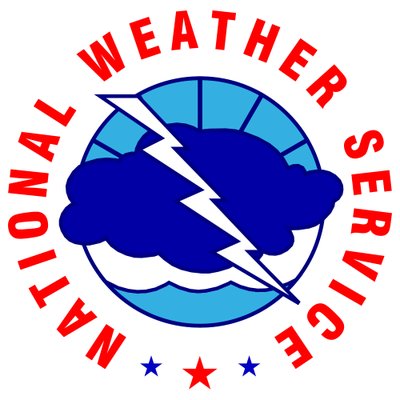Over the last three weeks, a team of scientists, engineers and doctors at the University of Vermont have developed a new design—and built a working model—for a simple, inexpensive ventilator.
“We think these could be rolled out very quickly and be effective on an emergency basis,” says University of Vermont lung expert Jason Bates who is leading the new effort in response to the burgeoning global coronavirus epidemic—and the huge shortage of ventilators that may be needed to treat people.
Affectionately called the “Vermontilator,” preliminary calculations suggest the UVM Ventilator “can be produced quickly and in large numbers for a few hundred dollars per unit in parts and materials,” Bates says.
Alternative approach
Unlike other improvised emergency ventilator designs, now being worked on around the world, the UVM team’s approach uses an alternative mode of helping critically ill patients breathe. It’s called “airway pressure release ventilation” or APRV.
This APRV approach may be particularly useful for patients suffering with the new virus. “One of the main complications from COVID-19 is called acute respiratory distress syndrome, a disease where the lungs fill up with an inflammatory fluid,” explains Dr. Anne Dixon, director of pulmonary disease and critical care medicine at the University of Vermont Medical Center and Larner College of Medicine. “Many of these patients end up being dependent on a ventilator for fairly prolonged periods.”
The new ventilator could help these patients by inflating their lungs using long inspirations of air, which are held inflated at a constant and relatively high pressure, Bates explains. Then “at regular intervals, short expirations are allowed during which the lungs expel carbon dioxide,” he says.
This APRV approach is the opposite of a normal breathing pattern—and may allow patients with COVID-19 to avoid, or reduce, the lung damage associated with the disease and with extended periods on a ventilator.
For more than fifteen years, Jason Bates— a professor in both UVM’s Larner College of Medicine and College of Engineering and Mathematical Sciences—has been researching the kind of lung damage that occurs during illnesses like doctors are now seeing in COVID-19 patients. A traditional fear is that a ventilator can cause injury from overinflation of the lungs. But Bates’ research is part of a growing body of evidence showing nearly the opposite: that the major risk to many patients comes when regions of the lung collapse. Then, the damaged and delicate lining of the lung comes together, sticks, and then is peeled apart—over and over.
“This peeling apart process is extremely injurious to the lining itself and can damage it to the point of allowing fluid to leak into the lungs from the capillaries that course through it,” Bates says. “Once this starts happening, the damage from peeling becomes worse, causing ventilator-induced lung injury to progress in a way that is difficult to reverse.”
APRV may avoid this trouble. “This mode of ventilation is thought to be particularly safe and non-injurious for patients with acute respiratory distress,” says Dr. Dixon who has been supporting the project.
A peak approaches
The APRV approach is also helpful to the engineers designing the new ventilator. Using this simpler breathing pattern allowed the team at UVM’s IMF Labs to build the prototype Vermontilator with a simple mechanism. Unlike a traditional ventilator—a very complex piece of equipment that can cost more that $25,000—the Vermont-built machine was quickly assembled out of a commercially available motor that drives a rotating disk, conventional medical hoses, and other relatively simple parts. The team’s prototype was built using a 3-D printer and machining equipment, with pieces that could be easily milled or cast, and assembled. Bates credits the extraordinary skill of UVM engineers Jake Kittel, Mike Lane, Carl Silver and Guy Kennedy as being critical to the project’s rapid progress.
“We’ve diverted resources from our other projects to work on this and the guys are working all weekend,” says Lane, the director of UVM’s IMF Labs. “We know we have a very limited window to be successful, maybe just weeks before this [epidemic] peaks in Vermont.”
Dr. Dixon agrees. “They’re facing a catastrophic shortage of ventilators in New York. We’re hearing from our colleagues there that they’re trying to use machines we use for patients with obstructive sleep apnea and trying to ventilate people by hooking two patients up to one ventilator. Just crazy stuff that I’ve never heard of in my lifetime,” she says. “This new ventilator has amazing potential to help quickly. It’s not just simple—it’s innovative and elegant.”
The design is about to be submitted to the FDA for emergency review, and the team is working with the Vermont Manufacturing Extension Center, UVM Health Network, UVM Foundation, the state of Vermont, and other partners to secure funding, and engage qualified manufacturers. They’re also collaborating with UVM Innovations to develop an intellectual property strategy and business model to produce a large number of the devices.
Source: UVM News






